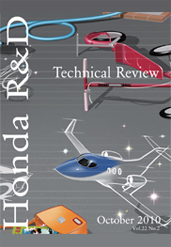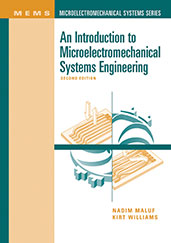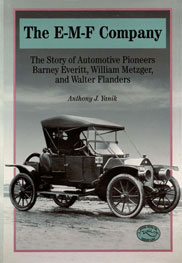Book

Aerospace Standards Index - 2024
2024-02-12
This valuable resource lists all Aerospace Standards (AS), Aerospace Recommended Practices (ARP), Aerospace Information Reports (AIR), and Aerospace Resource Documents (ARD) published by SAE. Each listing includes title, subject, document number, key words, new and revised documents, and DODISS-adopted documents. AMS Index - Now Available!

















